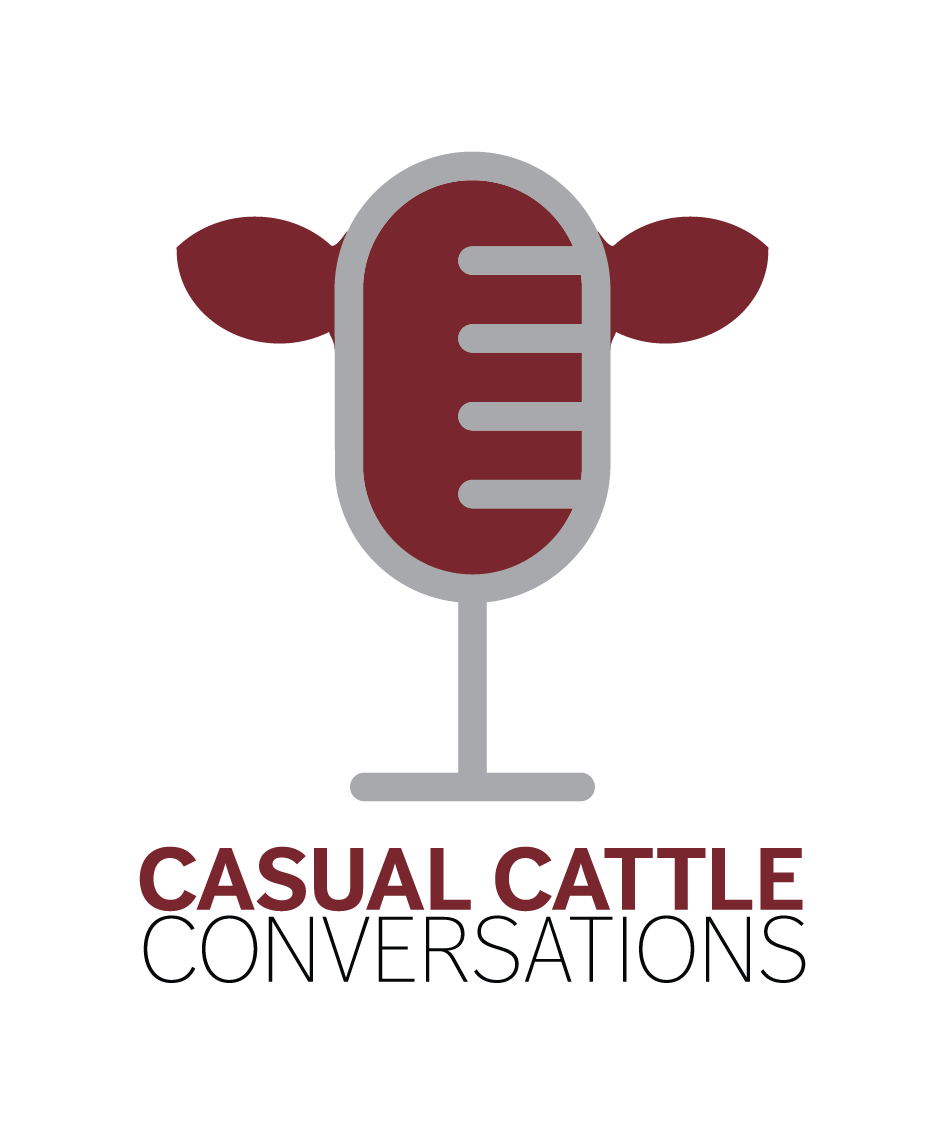Improving Cattle Performance During Winter
Cattle are resilient animals, but northern climates can still challenge their performance in the winter months. Understanding how to manage cattle during freezing temps, snow, ice and wind is critical in setting the ranch up for success for subsequent years.
So what is too cold for cattle?
“We would consider that their threshold would be about 20 degrees Fahrenheit for a cold, critical temp—but that’s affected by body condition, wind, whether she got wet, and if there’s a windbreak,” says Karla Wilke, cow calf and stalker management specialist for the University of Nebraska.
Being proactive with monitoring body condition scores (BCS) across the herd and individual groups is the first step in setting cows up for success during the winter.
“What we would like to see in our cows going into winter is that they maintain between a five and a six on a one to nine scale so they’re right in that moderate range,” says Wilke. “A thinner cow is going to have a lot more trouble maintaining her body heat and her nutrient requirements are higher because she’s needing to put some condition back on.”
As cattle producers evaluate BCS in the fall in winter, it’s important to be mindful of factors that impact what is seen at first glance.
Wilke says, “Hair coat can mask some of that cover over the ribs—you might assume a cow looks fine when she’s actually thinner than you realize.”
The same can be true about gut fill.
“A cow that has a lot of gut fill can look like she's big and fat, but if it's just gut fill and it's not that fat cover over her ribs and her tail head and in her brisket, then it's not body condition score,” says Wilke.
Protecting cattle from wind and freezing rain is also important in helping cattle perform optimally throughout the winter.
Wilke says, “If you can get them out of the wind, they can handle some pretty low temps, especially if they’re in decent body condition and have feed in front of them.”
Shelter belts, permanent wind breaks or even temporary wind breaks built from bales are all options to consider in winter pastures. Lack of protection from the elements can set cattle backward.
“A cow that doesn’t have much for a winter coat or body condition can see her nutrient requirements double when she gets wet and cold,” says Wilke.
Not accounting for this change in nutrient requirements impacts not only the cow but also her calf.
“Sometimes those cows are out there foraging for themselves on a cornstalk field and…they're thinner than you realize because they've got a winter coat on,” says Wilke. “Come spring, she gives birth to a calf while thin and she didn't put a lot of nutrients into the colostrum for that calf. Then the calf doesn't do that great and because she’s behind nutritionally she won’t breed back.”
Trying to save money by not feeding or supplementing, can create a larger issue.
“Sometimes trying to save a few bucks in the winter by making cows do it on their own sets things in motion that will hit us down the road,” says Wilke.
Fall-calving herds have other factors to consider.
Wilke says, “One thing producers know but sometimes forget is that lactation pulls about twice the nutrient requirement that just gestating does.”
Calves are also smaller and more susceptible to the elements.
If cattle are going into winter in the appropriate BCS, adjusting rations is still something to consider with weather changes.
“It doesn’t hurt to provide a little extra feed, maybe 20% more, when you know a storm is coming—because the heat of fermentation helps cows maintain body temperature,” says Wilke. “If you feed a TMR, maybe you add a pound or two of corn per head per day to increase energy.”
The best option for each ranch will vary on the weather, age of cattle and availability of resources. Regardless, being proactive with nutrition, genetic selections and wind breaks can help set cattle up for optimal performance this winter.

